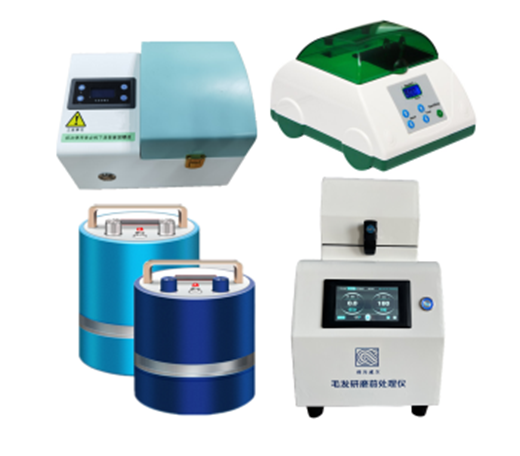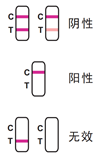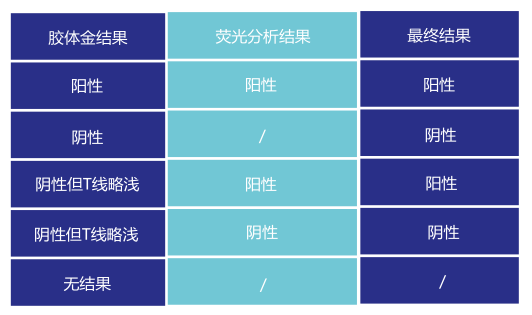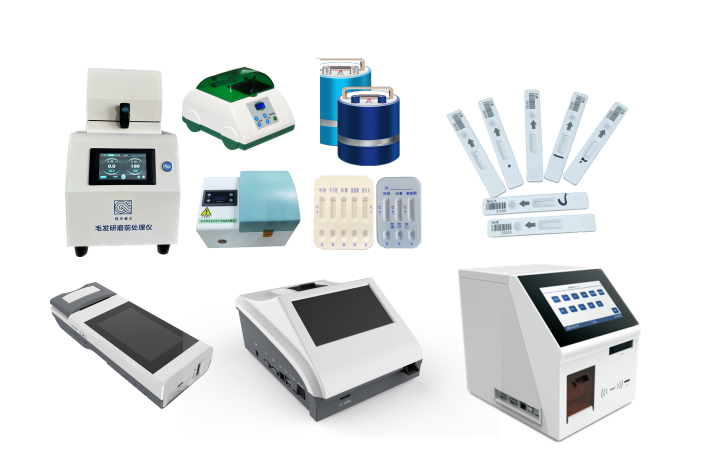Product categories
Contact us
- Add: Huaiyin District of Ji'nan City, Shandong Province Le Meng District 2 Building 1 unit 907 room
- Tel: 0531-88894020
- Fax: 0531-88894020
- Email: 2313161309@qq.com
Product Numbers:202022010490
Price:0
Product introduction:Colloidal gold-based fluorescence assay for drug detection plan.
Colloidal gold-based fluorescence assay for drug detection plan.
Colloidal gold-based fluorescence assay for drug detection plan is developed by our company using a combination of colloidal gold method and fluorescence immunoassay to achieve the goal of rapid detection and screening of hair drug samples in accordance with the relevant standards of the Ministry of Public Security's Document No. 938 of 2018. This product and scheme meet the needs of public security agencies for hair drug testing. Firstly, a qualitative test is performed using the colloidal gold method to quickly obtain results. If necessary, accurate quantitative testing or result verification can be conducted using fluorescence analysis. The combination of both methods eliminates the need for repeated hair processing, resulting in faster results, higher accuracy, and more convincing qualitative and quantitative testing.
1. Sample pre-processing

1.1 Wear disposable gloves, cut hair within 3 cm of the back of the head at the root, and divide into two parts A and B, each containing no less than 50 mg.
1.2 Take 10mg of hair and put it into a centrifuge tube with a grinding bead, and insert the centrifuge tube into the adapter hole of the grinder.
1.3 Adjust the instrument to the best state, and grind hair according to the preset instrument parameters. When the grinding time is over, the instrument stops automatically and the centrifuge tube is taken out.
2. Colloidal gold qualitative analysis
2.1 Add 0.5ml of buffer solution to the centrifuge tube of ground hair and shake it a few times. Use a test tube to aspirate the hair solution from the centrifuge tube, drop 3-4 drops into the hair colloidal gold plate, and observe the running situation.
2.2 Result interpretation:

Negative (-): Both the Test zone (T) and the Control zone (C) show red lines, which is determined as negative. In the case where the Tline of a negative result is slightly lighter (as shown on right side of the image), the hair sample can be retested, or the result can be further verified using fluorescence analysis (see part 5).
Positive (+): Only the Control zone (C) shows a red line, which is determined as positive. Further quantitative analysis can be performed using fluorescence analysis.
Invalid: No red line appears in the Control zone (C). It is recommended to redo the test.
3. Fluorescence quantitative analysis
3.1 Pour the lysate into the centrifuge tube of the ground hair, shake it a few times, and then aspirate the solution from the centrifuge tube using a dropper and drop 3-4 drops into the fluorescence reagent plate.
3.2 Insert the fluorescence reagent plate into a constant temperature incubator at 25°C and incubate for 5 minutes. If there is no constant temperature incubator, the fluorescence reagent plate can be left horizontally for 5 minutes.
3.3 After incubation, insert the fluorescence detection device (currently available in handheld, desktop, and multi-card formats) and click the test button to obtain the specific value.
4. Combined analysis of test results

Note: Colloidal gold testing is used for large-scale, rapid qualitative screening of hair samples, followed by secondary confirmation and quantitative analysis using fluorescence method. This is particularly useful for suspected samples (negative results with slightly lighter T-lines). The use of fluorescence method provides precise quantitative analysis, resulting in more accurate test results.
5. Advantages of combined testing
5.1 High accuracy: The two methods complement and verify each other, resulting in more reliable results. Especially for secondary confirmation of suspected samples, the test results are more accurate.
Translated by @jiaozibencao
5.2 Rapid Economy: The hair grinding machine can process hair samples in batches, with a maximum of 24 samples processe

